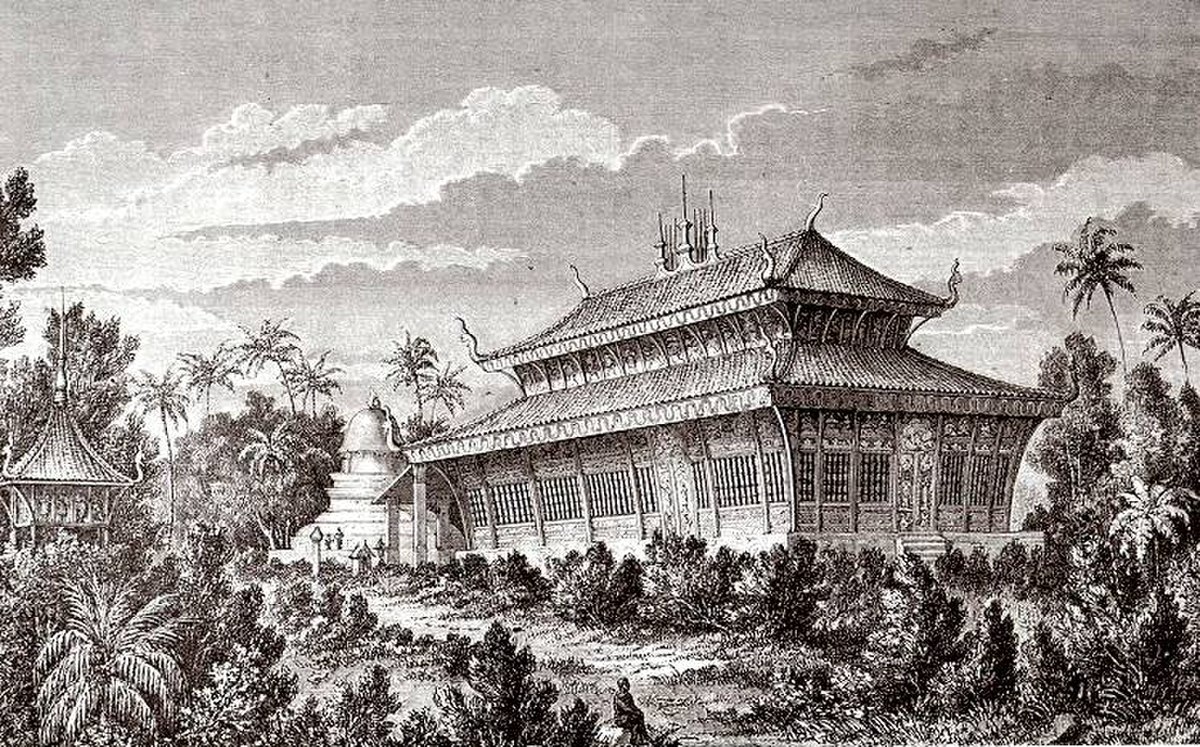
King Visoun
LaosThrough subsequent kings Lan Xang would repair the damage of the war with Đại Việt, which led to a blossoming of culture and trade. King Visoun (1500–1520) was a major patron of the arts and during his reign the classical literature of Lan Xang was first written.[30] The Theravada Buddhist monks and monasteries became centers of learning and the sangha grew in both cultural and political power. The Tripitaka was transcribed from Pali to Lao, and the Lao version of the Ramayana or Pra Lak Pra Lam was also written.[31]
Epic poems were written along with treatises on medicine, astrology and law. Lao court music was also systematized and the classical court orchestra took shape. King Visoun also sponsored several major temples or "wats" throughout the country. He chose the Phra Bang a standing image of the Buddha in the mudra or position of "dispelling fear" to be the palladium of Lan Xang.[31] The Phra Bang had been brought by Fa Ngum's Khmer wife Keo Kang Ya from Angkor as a gift from her father. The image is traditionally believed to have been forged in Ceylon, which was the center of the Therevada Buddhist tradition and was made of thong an alloy of gold and silver.[32] King Visoun, his son Photisarath, his grandson Setthathirath, and his great grandson Nokeo Koumane would provide Lan Xang with a succession of strong leaders who were able to preserve and restore the kingdom despite tremendous international challenges in the years ahead.
